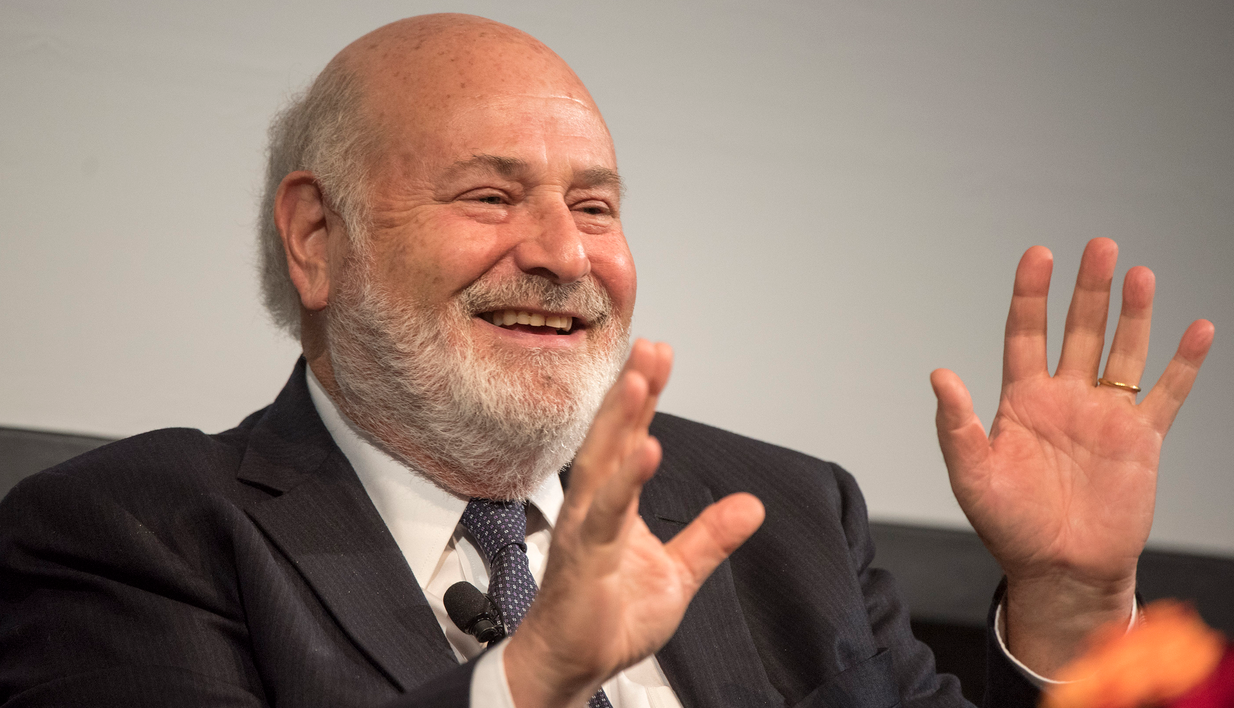The Brutalist Ending Explained: A Tale of Trauma, Art, and Redemption – By no way it is a light film Brady Corbet has made. Because it goes very deep into thought regarding themes of trauma, strength of artistry in life, and the savage life odyssey of László Tóth-Hungarian-Jewish Architect whose story takes him to Europe after the war time and his arrival in America. The ending has provided very complex questions and a depth of emotion to ponder for the viewer, too, while making it to be a cinematic wonder.
László and Harrison: A Relationship of Power
László, who was separated from his wife Erzsébet due to the World War, reaches America and starts life again. Here, he comes across Harrison Lee Van Buren, the rich man played by Guy Pearce, who is highly enthralled by László’s architectural genius. Harrison asks László to design a community center in memory of his mother.
But it gets darker as it unfolds. Harrison rapes László in a moment of utter shock while on a trip to Italy; the act is a display of dominance. This sets off a downward spiral for László, and he lashes out at all around him. The assault increases the weight of the trauma from his past, and it makes him break down more easily.
Also read: Beetlejuice Beetlejuice Ending Explained: What Did Lydia’s Nightmare Mean?
Erzsébet’s struggles and resilience
Felicity Jones plays the wife of László, Erzsébet, and fights her demons. The fact that she has osteoporosis and is on medication just makes her life all the more tragic. Desperate, László injects heroin into her to ease her pain. She survives, but that’s the bottom of their despair.
Despite the chaos, Erzsébet does not keep quiet. She confronts Harrison, accusing him publicly of raping László. This public confrontation leads to Harrison’s mysterious disappearance. The film doesn’t reveal what happens to him; it is a mystery left to the viewer’s imagination.
Zsófia’s Speech and László’s Legacy
This post credits take place in 1980 at a Biennale, celebrating László’s architectural works. Zsófia, his niece gives an emotional speech summing up László’s career and how his problems affected his artistry.
Zsófia reveals that the designs of László were influenced by concentration camps. The interiors of the community center are more or less a reflection of the harsh environments he has faced, and his traumas are turned into artistic expressions. Her closing words- “It is the destination, not the journey”-underline the main theme of the film. Despite all the suffering László’s work comes out to be recognized and acclaimed.
Also read: Silo Season 2 Episode 6 Ending Explained: Rebellion and Secrets Revealed
Harrison’s Dubious Future
Harrison fades into obscurity and becomes one of the enigmatic aspects of The Brutalist. He disappears after the film accuses him of rape. The movie does not present a solution, leaving it to the viewer to guess and ponder.
Is Harrison a victim who gave his life up to guilt and shame to end it? Or did he run to live elsewhere? The answers this film doesn’t give equal to the pain László lives with all of his life.
Interestingly, Harry, the son of Harrison, really looks as if he is experiencing a real despair during the confrontation. This scene leaves the impression that Harry knew or suspected something about his father’s actions, thus adding a new dimension to their relationship.
Erzsébet’s Absence in the Epilogue
Erzsébet is not mentioned in the epilogue, and it is safe to assume that she might have died before 1980. Her fight with osteoporosis probably cut her life short too. Still, she played a critical role guiding László through his journey. She also stands for resilience and defiant strength in the face of hardships.
László Tóth: Fictional but Plausible
Although László Tóth is a fiction, the tale about him is really raw in its authenticity. In the role, as played by Adrien Brody, there is that feeling of raw, beating vulnerability and also that sense of immigrant experience with the struggles of an artist.
While discussing with interviewers, he mentioned that he took a little inspiration from his life while acting as László. This adds a type of reality to the character.
Also read: The Six Triple Eight Review: Honoring the Unsung Heroes of History
Conclusion – The Brutalist
The Brutalist is a haunting tour de force about power, trauma, and redemption, an ambiguous and impactful ending left for its audiences to contend with over the complexity of the characters and themes. It tells us, through the story of László, that even through unimaginable pain, it is human to hope for better in art.








